Wood Leg Species
Choosing the right wood species is an important decision in purchasing your table leg. Whether you plan to leave your leg unfinished, or stain it, the wood species is integral. Find details and weight the pros and cons below:
|
Alder
- Grows in the Pacific Northwestern Region of the US and Canada.
- Alder is characterized by its straight grain and even texture.
- Its reddish brown color looks similar to cherry, but its rich tone gives a unique beauty.
- Most often used in flooring, furniture, and cabinets.
- While it is nice that alder stains easily, it can also pick up unwanted blotches and marks.
|

|
| |
|
|
Cherry
- A very popular and all-around great wood; easy to work with, stains and finishes well with just oil, and ages beautifully.
- Cherry's heartwood has a reddish-brown color to it and the sapwood is almost white.
- It has a hardness of 2 on a scale of 1 to 5.
- Cherry is usually found in up-scale homes or businesses due to its rich and warm appearance.
- Closed grain in appearance, finishes like glass.
|

|
| |
|
|
Hard Maple
- Harder than many other woods; it is so hard (a 5 on a scale of 1 to 5) that it is difficult to work with. Because of its fine, straight grain, maple is more stable than most wood.
- Maple can be difficult to stain unless a sizer is used to prevent blotchiness.
- Clear coated maple has a bold appearance as it is one of the whitest woods available.
- Closed grain in appearance, finishes like glass.
|

|
| |
|
|
Hickory
- Has a combination of strength, durability and toughness unmatched by any other wood.
- Coming from throughout the northeast and midwest, hickory is frequently used in flooring, cabinets, and tool handles.
- While no longer used in baseball bats, it is still seen in drum sticks, golf clubs, and lacrosse sticks.
- Hickory stains well to a variety of colors.
|
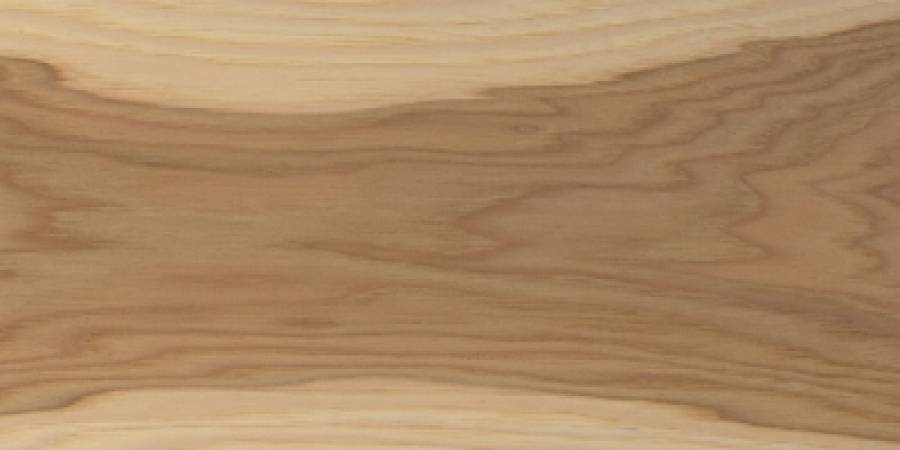
|
| |
|
|
Paint Grade
- Paint grade is not a specific type of wood. Other wood species that have color variations will be used to fill paint grade order.
- As it is not uniform, paint grade is the cheapest wood species.
- While it does not look perfect unfinished, it is great for painting. If you already are planning to paint your wood, you can save yourself a few dollars by choosing paint grade.
|
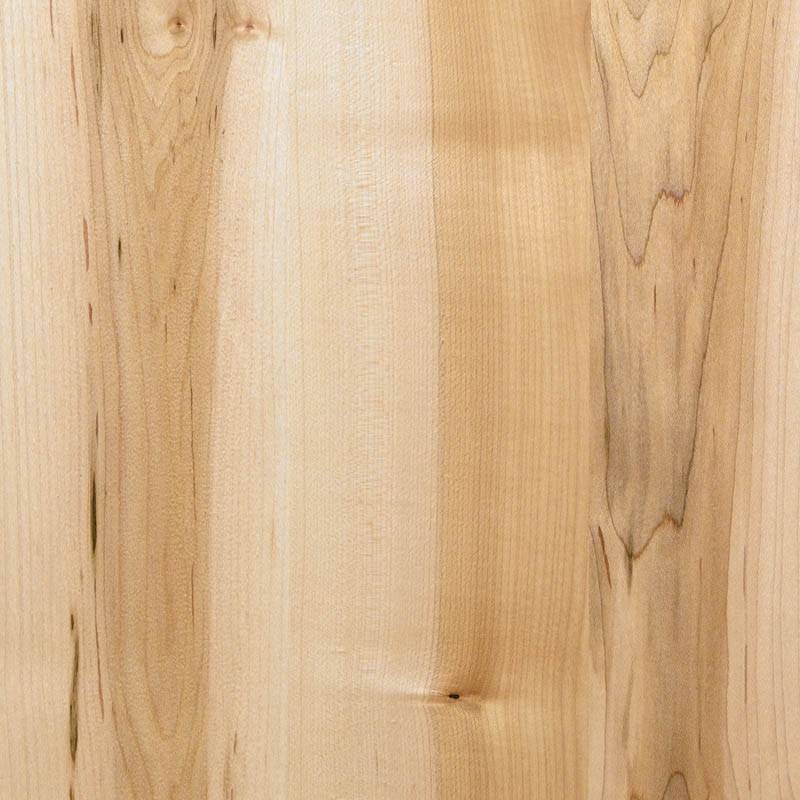 |
| |
|
|
Poplar
- Poplar is a flexibile wood with a light, porous material.
- Typically green in color, the two pictures to the right shows the variation in poplar's appearance.
- Poplar if frequently used in the base of drums and electric guitars and in chopsticks.
|
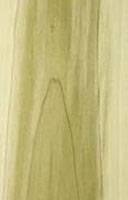  |
| |
|
|
Red Oak
- One of the most used woods for furniture.
- Oak is strong (4 on a scale of 1 to 5) and easy to work with.
- Red Oak's a timeless material that will always be around; select a honey stain and this species will never be outdated.
- Open grain in appearance, pores are visible when finished.
|
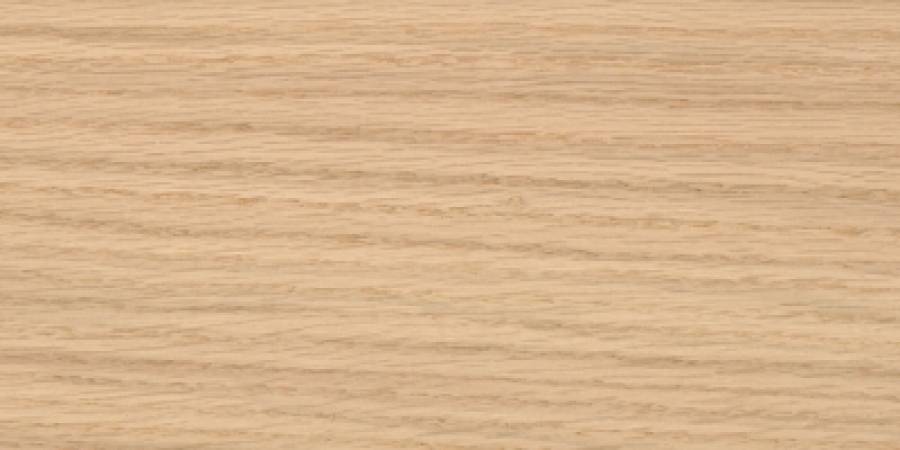
|
|
Rubberwood
- Don't let rubberwood's name fool you: it is a strong hardwood species coming from hevea brasiliensis trees that rarely cracks or warps.
- Has great staining properties which allow it to stain to any color.
- Rubberwood is eco-friendly: trees are not chopped down just to use it in hardware. It is used only after it has finished producing latex (25-30 years). In other words, it is used at the point when it would normally be discarded.
- While not suitable for outdoors, rubberwood is great for furniture and in kitchens.
|
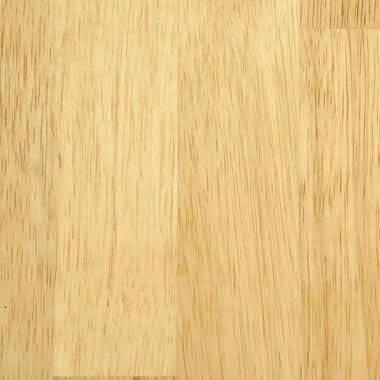 |









